Exploring Clean Website Design Ideas: The Ultimate Guide to Modern and Minimalist Design Examples
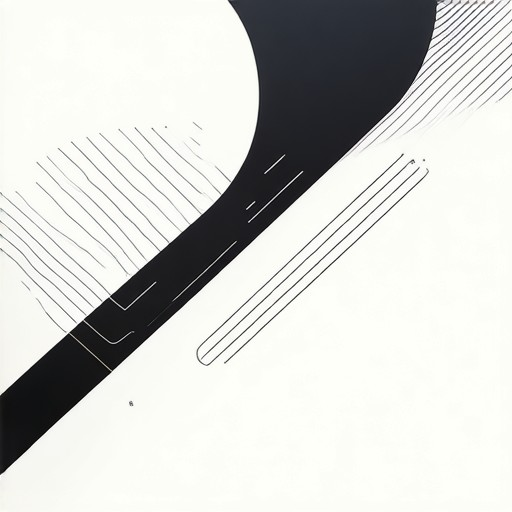
The 7 Cs of Website Design
The 7 Cs of website design are essential criteria that guide the creation of effective and user-friendly websites. These criteria help ensure that a website not only looks good but also meets the needs of its audience, business goals, and technical requirements.
- Context : Understanding the context involves knowing who your audience is, what their needs are, and how your website can meet those needs. This includes understanding the business goals and the purpose of the website.
- Content : High-quality, relevant, and engaging content is crucial. It should be optimized for search engines, provide valuable information, and resonate with your target audience.
- Communication : Effective communication ensures that users can easily navigate and understand the website. This includes clear messaging, intuitive navigation, and a seamless user experience.
- Community : Building a sense of community helps foster engagement and loyalty among users. This can be achieved through forums, user profiles, and social media integration.
- Customization : Personalization allows users to tailor the website to their preferences, such as choosing a preferred color scheme, font, or layout.
- Commerce : If your website is intended to sell products or services, it must have robust e-commerce functionality to facilitate transactions securely and efficiently.
- Connection : Ensuring that all elements of the website work together seamlessly to create a cohesive and immersive experience for users.
By focusing on these seven critical factors, you can create a website that is not only visually appealing but also functional, user-friendly, and aligned with your business objectives. For professional web design services, visit 119WebDesign.com to learn more about optimizing your online presence.
What is Clean Website Design?
Clean website design refers to a minimalist and user-centric approach that prioritizes simplicity, functionality, and a seamless user experience. This design philosophy emphasizes reducing visual clutter, focusing on essential elements, and creating intuitive interfaces that cater to both form and function.
Key Components of Clean Website Design
- Minimalism :
Clean design often incorporates sparse layouts with plenty of white space, allowing users to focus on the content without being overwhelmed by distractions. This approach ensures that the interface remains uncluttered and easily navigable. - Usability :
Clean website design places a strong emphasis on usability, ensuring that users can accomplish tasks efficiently. Clear navigation, intuitive layout, and consistent interaction patterns contribute to a better user experience. - Visual Hierarchy :
Clean designs typically use a clear visual hierarchy to guide the user’s attention. This is achieved through effective typography, spacing, and the strategic placement of important elements like headlines, images, and buttons. - Consistency :
Consistent styling, color schemes, and typography reinforce brand identity while maintaining a cohesive look and feel across the website.
Design Principles of Clean Websites
- Rule of Thirds : Divide the screen into thirds to place focal points strategically.
- Negative Space : Utilize empty spaces thoughtfully to highlight content and create visual interest.
- Typography : Choose fonts and sizes that are legible and align with the overall aesthetic.
- Color Palette : Stick to a limited palette, using colors purposefully to guide the user’s eye.
Examples of Clean Website Design
- Google : Known for its simple layout and intuitive design, Google’s homepage is a prime example of clean web design.
- Apple : Apple’s website features a clean, minimalist design with a focus on high-quality visuals and easy navigation.
- Airbnb : The platform uses a balanced design with clear sections and a visually appealing layout to showcase listings effectively.
Tools for Clean Web Design
To achieve a clean design, consider using tools like:
- Figma : For wireframing and prototyping.
- Adobe XD : For creating interactive designs.
- Canva : For creating visually appealing graphics.
By focusing on these principles, designers can create websites that are not only functional but also aesthetically pleasing, ensuring a positive user experience.
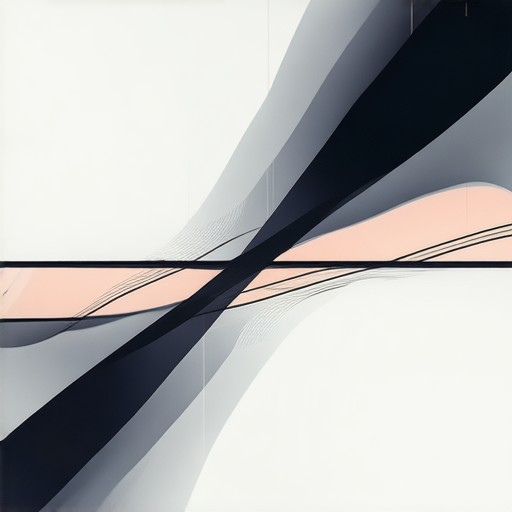
The 4 Cs of Website Design
The “4 Cs” of website design are crucial for creating an effective and user-friendly online presence. These principles ensure that your website not only looks good but also functions well and resonates with your audience.
- Clarity : Your website needs to be easy to understand and navigate. Clear content, intuitive layout, and logical structure help users find what they’re looking for without confusion.
- Color : Color plays a vital role in branding and user experience. Choose colors that reflect your brand while ensuring good contrast for readability. Consistency in color scheme across all pages enhances visual appeal.
- Content : High-quality content is the backbone of any successful website. Engaging, relevant, and optimized content keeps visitors interested and improves your search engine rankings.
- Call to Action (CTA) : A strong CTA encourages visitors to take specific actions, whether it’s making a purchase, signing up for a newsletter, or contacting your business. Place CTAs strategically and make them stand out.
By focusing on these four elements, you can create a website that is not only visually appealing but also functional, user-friendly, and capable of achieving your business goals.
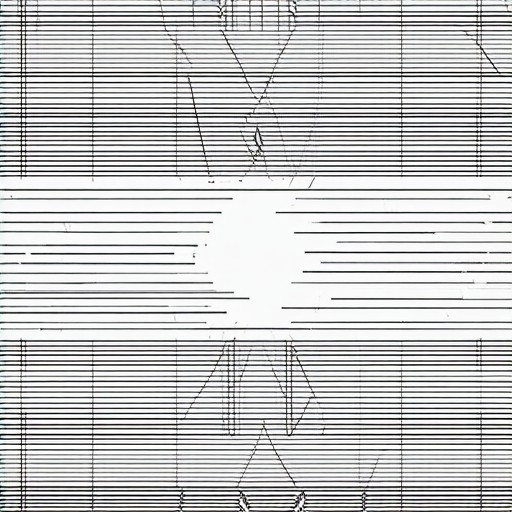
What is a minimalist design website?
A minimalist design website is a website that prioritizes simplicity, functionality, and user-centricity through clean design elements. Minimalist web design focuses on removing unnecessary elements to create a seamless and uncluttered user experience. This approach emphasizes:
- Clean layouts with ample white space
- Simplified color palettes
- Minimal typography with readable fonts
- Smooth navigation and intuitive user interactions
Minimalist websites often feature: – A focused visual hierarchy – Neutral or subdued color schemes – Consistent spacing and alignment – Clear typography that enhances readability – Functional design elements that don’t compromise usability
Examples of minimalist design websites include major brands like Apple, Google, and Airbnb, which use clean, unobtrusive design to maximize user experience. The 119 Web Design platform itself adheres to minimalist principles, offering a distraction-free environment for web design enthusiasts.
By focusing on essential elements, minimalist design ensures that the user’s attention is directed toward the content and functionality, making it both visually appealing and highly effective for user engagement.
What is Japanese minimalist design?
Japanese minimalist design is a design approach that emphasizes simplicity, harmony, and functionality, often incorporating natural elements and subtle aesthetics. It draws inspiration from traditional Japanese culture, philosophy, and art, focusing on creating spaces and objects that promote calmness and balance.
- Emphasis on Simplicity: Japanese minimalist design removes distractions, prioritizing essential elements to create a serene environment. This approach often involves the use of natural materials like wood, stone, and paper, which evoke a sense of connection to nature.
- Concept of Ma: The term “ma” refers to negative space or empty space in Japanese design. It highlights the importance of spacing and the idea that a space is defined by what it lacks, rather than what it contains. This concept is integral to achieving tranquility in designs.
- Influence of Buddhism and Zen Philosophy: Buddhist and Zen principles have deeply influenced Japanese aesthetics. These philosophies stress simplicity, minimalism, and the beauty of imperfection, which are reflected in Japanese design practices.
- Balance Between Function and Form: Japanese minimalist design balances functionality with aesthetics, ensuring that objects and spaces are not only beautiful but also practical. This is evident in traditional Japanese objects like tea ceremony tools, which combine utility with artistic appeal.
- Furniture and Product Design: Japanese minimalist furniture, such as those designed by brands like Muji and Tokyu, is characterized by clean lines, natural finishes, and a focus on simplicity. These designs often incorporate elements like tatami mats and bamboo, further emphasizing the connection to nature.
Japanese minimalist design has had a profound impact on global design trends, influencing modern architecture, interior design, and product design. Its principles of simplicity, harmony, and functionality continue to inspire designers and consumers around the world, making it a timeless aesthetic that transcends cultural boundaries.
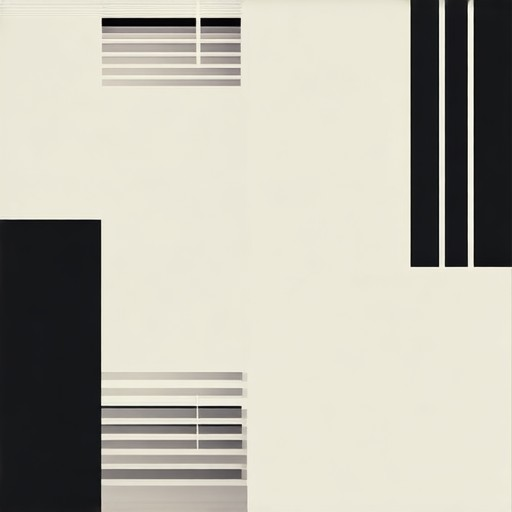
What Does Minimalist Decor Look Like?
Minimalist decor is a design style that emphasizes simplicity, functionality, and a clean aesthetic. It focuses on creating a space that feels uncluttered, balanced, and visually calming.
- Simple and Clean Lines: Minimalist designs often feature straight lines, geometric shapes, and smooth surfaces to avoid complexity and reduce visual noise.
- Monochromatic Palette: Many minimalist spaces use a single color scheme, often neutral tones, with occasional pops of color as accents.
- Open Floor Plan: Open layouts encourage a sense of spaciousness and connectivity between rooms, reducing walls and creating a fluid living area.
- Functional Furniture: Pieces are chosen for their utility and versatility, avoiding ornate or overly decorative items.
- Focus on Texture: Minimalist spaces often rely on textures like smooth wood finishes, soft fabrics, or polished metals to add dimension without overwhelming the senses.
Key Elements of Minimalist Decor
- Space: Maximizing natural light and creating an open feel are central to minimalist design.
- Color: Neutral tones dominate, with limited use of color to prevent visual overload.
- Texture: Subtle variations in materials contribute to a sophisticated look without added complexity.
Common Spaces for Minimalist Decor
- Living Rooms
- Bedrooms
- Dining Areas
- Bathrooms
- Kitchens
Example of Minimalist Living Room
A typical minimalist living room might feature:
- A large, rectangular sofa in a neutral color.
- A low-profile coffee table with clean lines.
- Wall-mounted shelves for display rather than bulky bookshelves.
- Large windows to maximize natural light.
- A minimalist rug with geometric patterns.
Conclusion
Minimalist decor is about balance and reduction. By focusing on essential elements and avoiding excess, minimalist spaces create a serene and organized environment that prioritizes functionality and beauty.
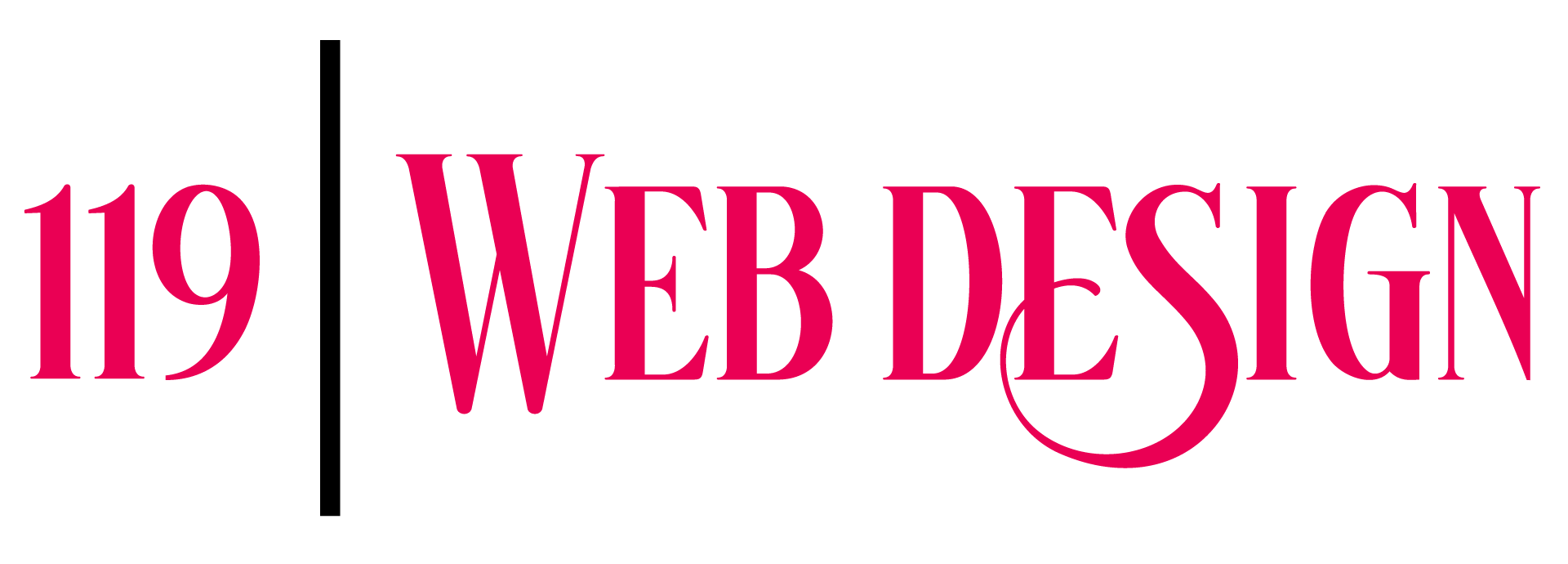



0 Comments